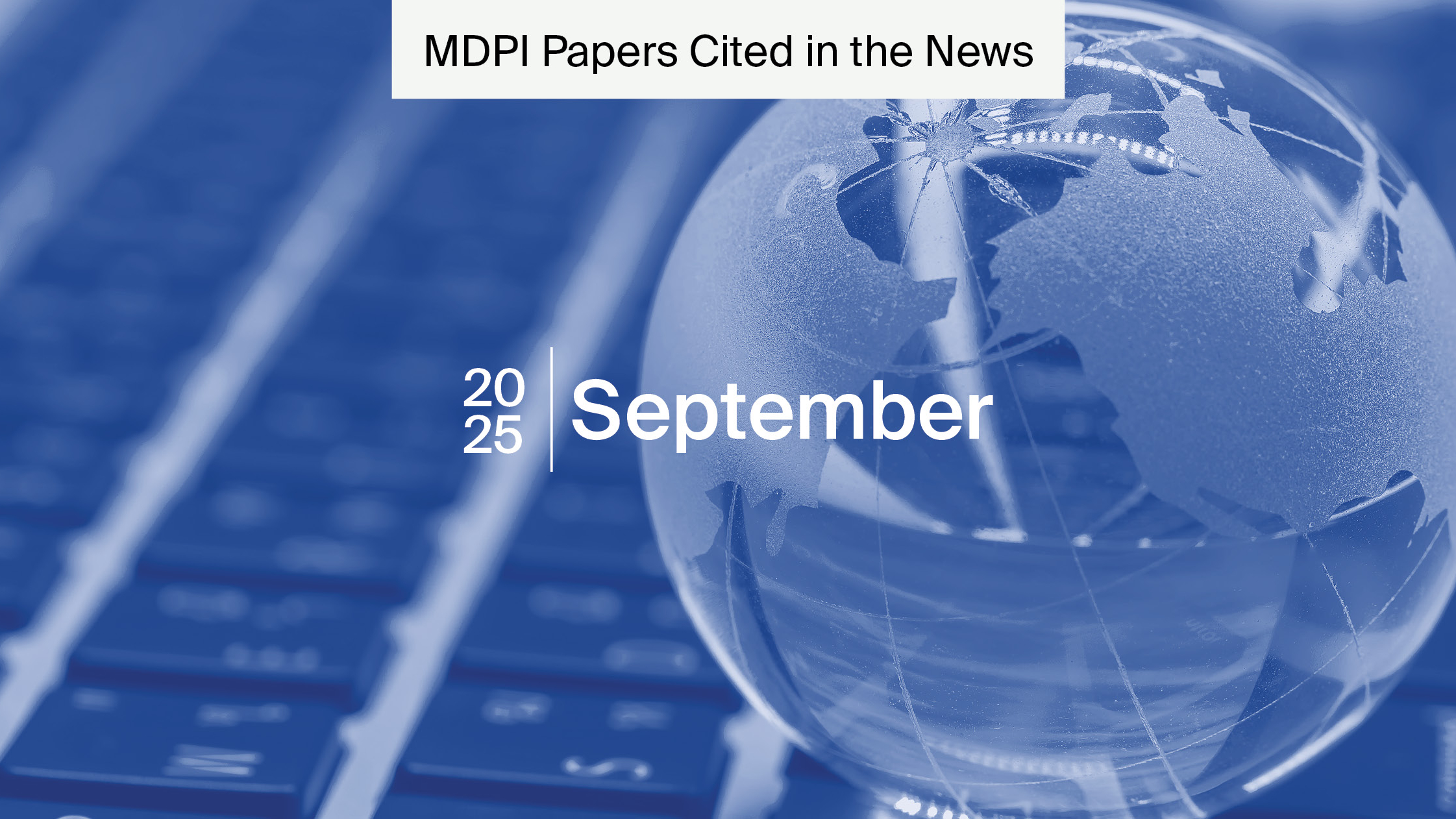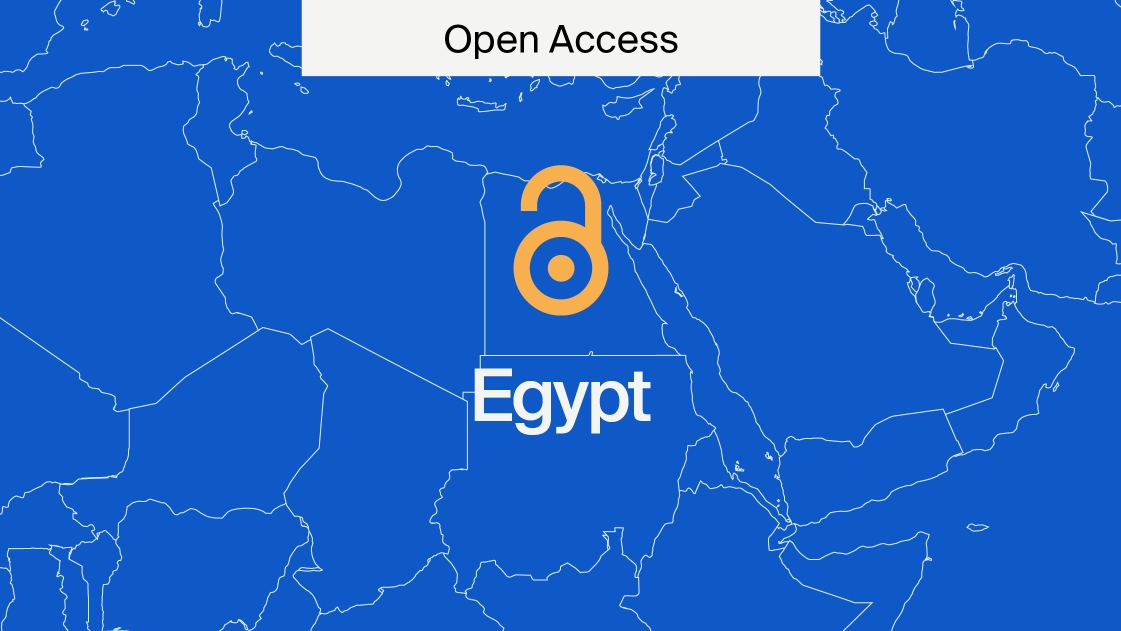
AI Tool to Aid Transcription of Supreme Court Hearings
A new AI tool developed by researchers from the UK proposes an automated and accessible method of transcribing Supreme Court hearings. The development of the tool is presented in an observational study published in the Open Access journal Applied Sciences.
The development of the human-centric AI tool could improve current transcription processes, which are either costly or significantly prone to error. In this article, we explore the development of the AI technology and the value of more accurate speech-to-text recognition in court settings.
Current transcription methods
The current method of transcribing Supreme Court hearings in the UK consists of using court reporters, known as stenographers, who transcribe the hearing in real-time or via digital audio recordings. Using human transcribers is labour intensive, costly, and not feasible to cover the overwhelming number of civil claims across the year in the UK.
Furthermore, automatic speech recognition systems (ASR) may be used; however, they are often unable to encapsulate complex legal terminology and have low accuracy, particularly when capturing legal discourse between parties in the hearing.
ASR systems are trained with large audio data sets. The authors of the present study describe how errors in ASR systems are amplified when there are real-life factors that are not considered or included when training the system. For example, the inclusion of non-native speakers, background noises, and young and elderly speakers.
Therefore, the use of standard ASR is not efficient in court settings, and a more refined training model is essential to ensure the intricacies of speech across a diverse range of speakers and contexts are correctly captured.
Refining the speech recognition model
The researchers developed a custom speech recognition system by training the system with 139 hours of Supreme Court hearings and legal documents. This meant that the system was more likely to accurately transcribe the complex legal terminology, discourse and vocabulary used in court. This was confirmed after analysis of the system’s performance by reducing errors by 9% compared to genetic ASR tools.
“Our courts deal with some of the most important questions in society. Yet the way we record and access those hearings is stuck in the past. By tailoring AI to the unique language of British courtrooms, we’ve built a tool that makes justice more transparent and accessible – whether you’re a barrister preparing an appeal or a member of the public trying to understand why a judgement was reached.” – Professor Constantin Orasan, co-author of the study and Professor of Language and Translation Technologies at the University of Surrey.
The second part of the study was dedicated to training the model to automatically match the speech to the timestamp of the court hearing video footage. This model was based on a generative pre-trained transformer large language model, otherwise known as a GPT-based text embedding model, which demonstrated optimal performance compared to other language models.
Linking text with video timestamps would be an immensely beneficial feature to navigate and analyse court hearings. The researchers judged the efficiency of such feature by determining its F1 score, which measured the precision and recall of linking text to video.
They found that the GPT-embeddings model achieved an F1 score of 0.85, confirming the efficiency and effectiveness of the newly designed language model.
The importance of accuracy in courts
Interpretation and accurate transcription of court hearings is critical for fair and efficient judicial proceedings for all involved. Inaccuracies have the potential to lead to unfair outcomes and wrongful convictions. Human court reporters currently hold the highest level of accuracy; however, human transcription is associated with significant drawbacks such as high costs and extensive labour practices.
The integration of AI tools into the court settings could be vastly beneficial to streamline transcription processes while enabling increased accessibility of court hearing procedures. In the 2024–2025 Annual Report and Accounts, the UK Supreme Court and Judicial Committee of the Privy Council recognises how AI may be utilised in the future of British law for improved efficiency and accuracy, as the AI landscape rapidly evolves.
For more research on AI and language models, access the special issue Computational Linguistics: From Text to Speech Technologies or browse the MDPI journal list for access to the latest research across all scientific fields.










